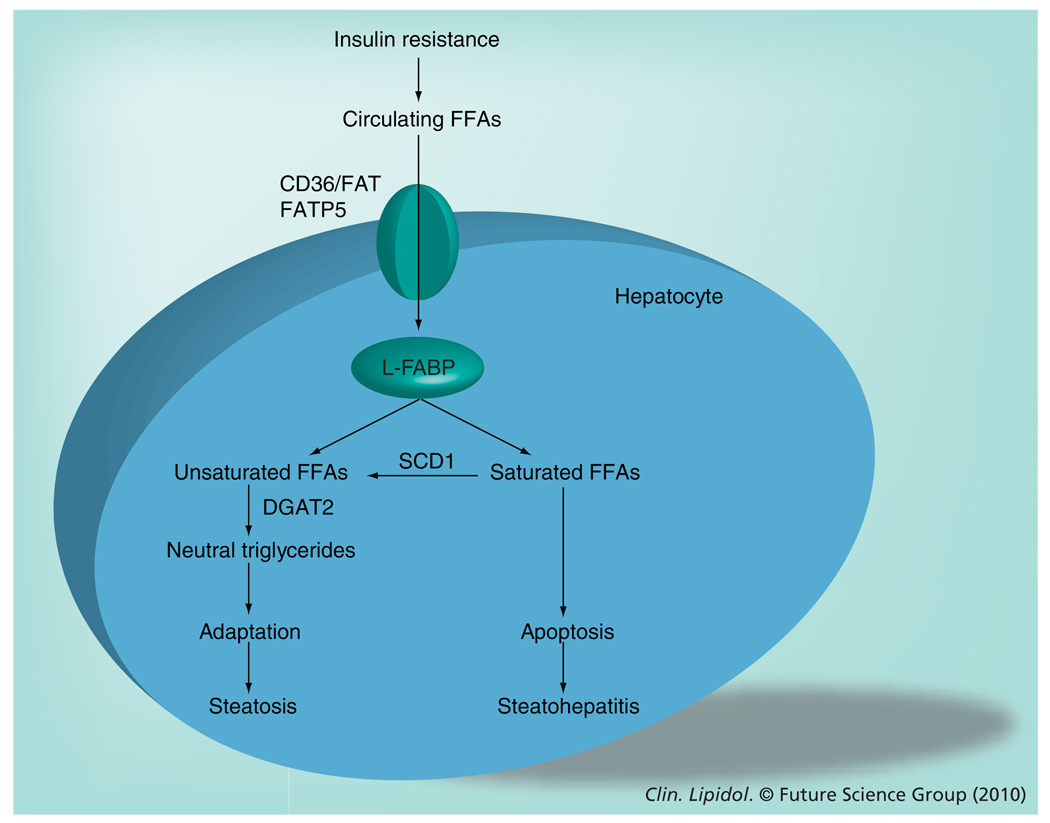Figure 1. Diversion of saturated free fatty acids to neutral triglyceride formation as a protective mechanism against lipoapoptosis in the liver.
Insulin resistance, a hallmark of NAFLD, leads to an increase in serum concentration of circulating FFAs. These circulating FFAs are transported into hepatocytes by specific fatty acid transporters (CD36/FAT and FATP5) and binding proteins (L-FABP). Within the hepatocytes, these FFAs can be esterified to neutral triglycerides, resulting in hepatic steatosis. Esterification of FFAs acts as a buffering mechanism, allowing cells to maintain viability in the face of excess nonesterified FFA exposure. Saturated and unsaturated FFAs differ with regard to their potential for lipoapoptosis. Unsaturated FFAs are less toxic than saturated FFAs and are rapidly esterified by the enzyme DGAT2 and incorporated as triglycerides. By contrast, conversion of the saturated FFAs into unsaturated FFAs by the enzyme SCD1 seems to be necessary in the diversion of saturated FFAs to triglyceride formation. Failure to partition nonesterified FFAs as triglycerides, by inhibiting SCD1 or DGAT2 activities, results in hepatocellular apoptosis and liver damage, which further leads to the development of steatohepatitis.
DGAT: Diacylglycerol acyltransferase; FATP: Fatty acid transport protein; FFA: Free fatty acid; L-FABP: Liver-specific fatty acid-binding protein; NAFLD: Nonalcoholic fatty liver disease; SCD: Stearoyl CoA desaturase.

